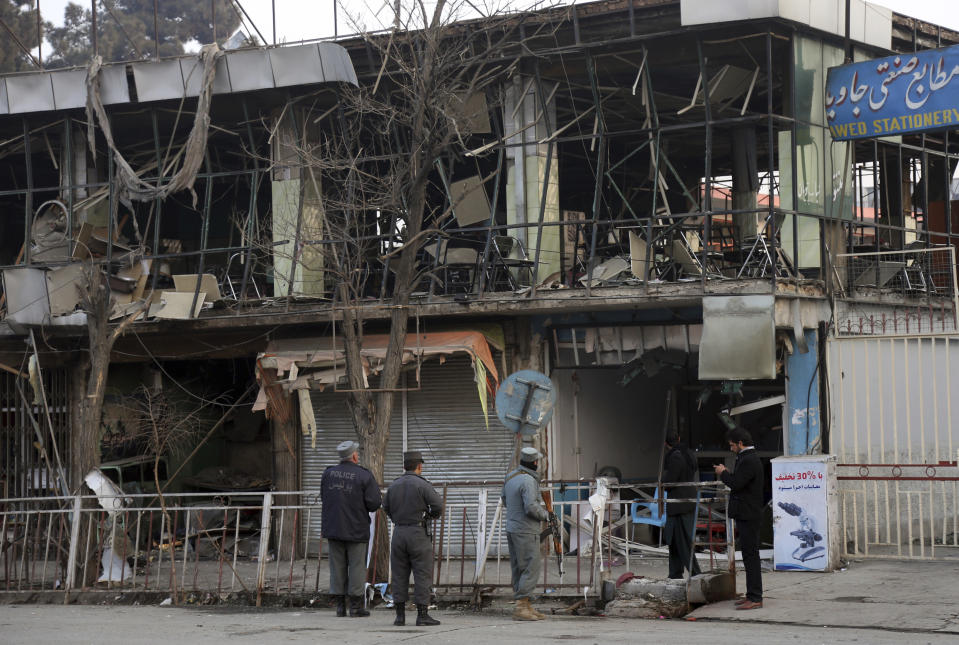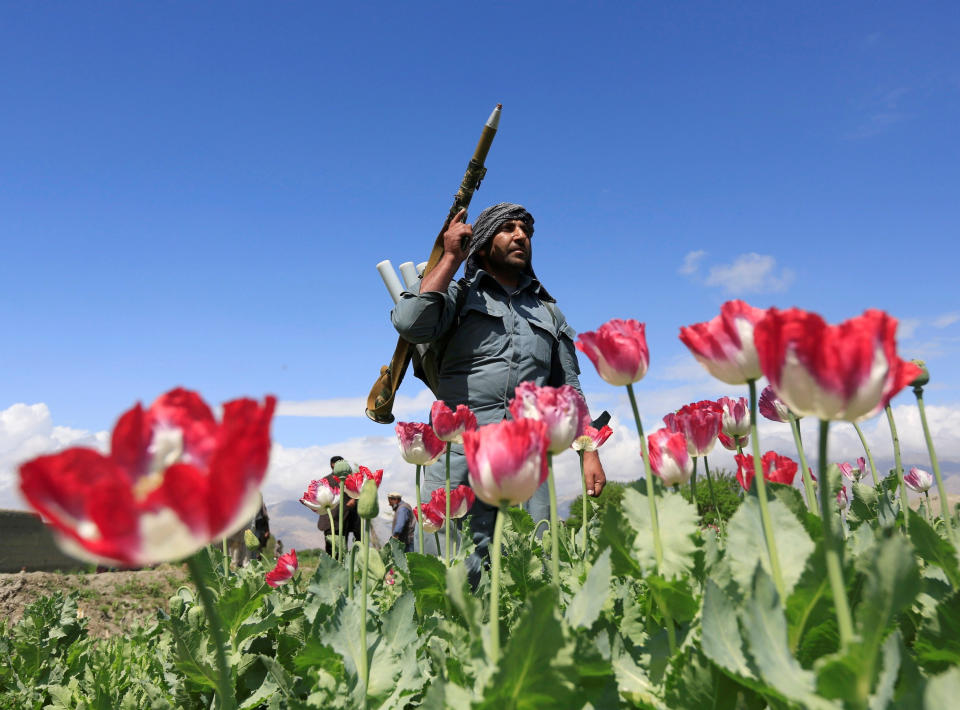Military blames 'human error' for hidden Afghan war data
WASHINGTON — The NATO-led command leading the war in Afghanistan blamed “human error” Tuesday for withholding information about America’s longest war and made the data public, denying any deliberate attempt to shield the conflict from public scrutiny.
A U.S. military watchdog, the Special Inspector General for Afghanistan Reconstruction (SIGAR), had suggested that the decision to classify the number of districts in Afghanistan, and the population therein, controlled by the Afghan government or the Taliban or contested by both sides, amounted to an effort to escape accountability.
“It was NOT the intent of Resolute Support to withhold or classify information which was available in prior reports. A human error in labeling occurred,” U.S. Navy Capt. Tom Gresback, public affairs director for NATO’s Operation Resolute Support, said in an emailed statement.
“The classification system, because it incorporates both a NATO and U.S. nomenclature, can be challenging, and a mistake was made,” Gresback continued. “The data is not classified and there was no intent to withhold it unnecessarily.”
His comments came hours after SIGAR said in a quarterly report on the conflict that the Pentagon prohibited the inclusion of information on the number of districts in Afghanistan, and the population therein, controlled by the Afghan government or the Taliban or contested by both sides.
“The number of districts controlled or influenced by the Afghan government had been one of the last remaining publicly available indicators for members of Congress — many of whose staff do not have access to the classified annexes to SIGAR reports — and for the American public of how the 16-year-long U.S. effort to secure Afghanistan is faring,” SIGAR said in a statement. “This is the first time SIGAR has been specifically instructed not to release information marked ‘unclassified’ to the American taxpayer.”
In his emailed statement, Gresback said that, as of October 2017, about 56 percent of the country’s 407 districts were under Afghan government control or influence, 30 percent remained contested, and roughly 14 percent were now under insurgent control or influence.

SIGAR had also said that the Pentagon had classified, for the first time since 2009, precise figures on the size of Afghan security forces and attrition from their ranks. Gresback’s statement did not address that issue.
SIGAR’s report came a month after the White House left the number of troops fighting in Afghanistan, Syria and Iraq out of the unclassified version of a semiannual report to Congress. The Pentagon has disclosed force levels for all three. In a late-August briefing last year, officials said that roughly 11,000 troops were serving in Afghanistan, to be reinforced by another 3,000-4,000 under Trump’s new strategy. And in early December, the Pentagon told reporters that 5,200 Americans were serving in Iraq and another 2,000 were in Syria. The latter marked a notable increase from the previously disclosed figure of 500. The official troop figures draw widespread skepticism from outside analysts, who note that America’s war-fighting machine relies heavily on military contractors, whose numbers are not disclosed.
The omissions reflected President Trump’s eagerness to keep secret the size of U.S. deployments in some global hot spots under the theory that the numbers, no matter how vague, might give extremists and other enemies a strategic advantage, a senior administration official told Yahoo News in December. Military, congressional and even some other administration officials privately dispute that theory and say some transparency is necessary for informed debate about America’s use of force. It is unclear whether the administration detailed the figures to Congress in a classified addendum to the letter.
SIGAR also found that Operation Resolute Support, as the military campaign is known, ramped up airstrikes over the past quarter, with U.S. forces dropping 653 munitions in October 2017. SIGAR called that number “a record high since 2012 and a more than three-fold increase from October 2016.”
And the watchdog said that opium cultivation in Afghanistan has reached an all-time high and now “approaches the area of Rhode Island.”

Read more from Yahoo News:



